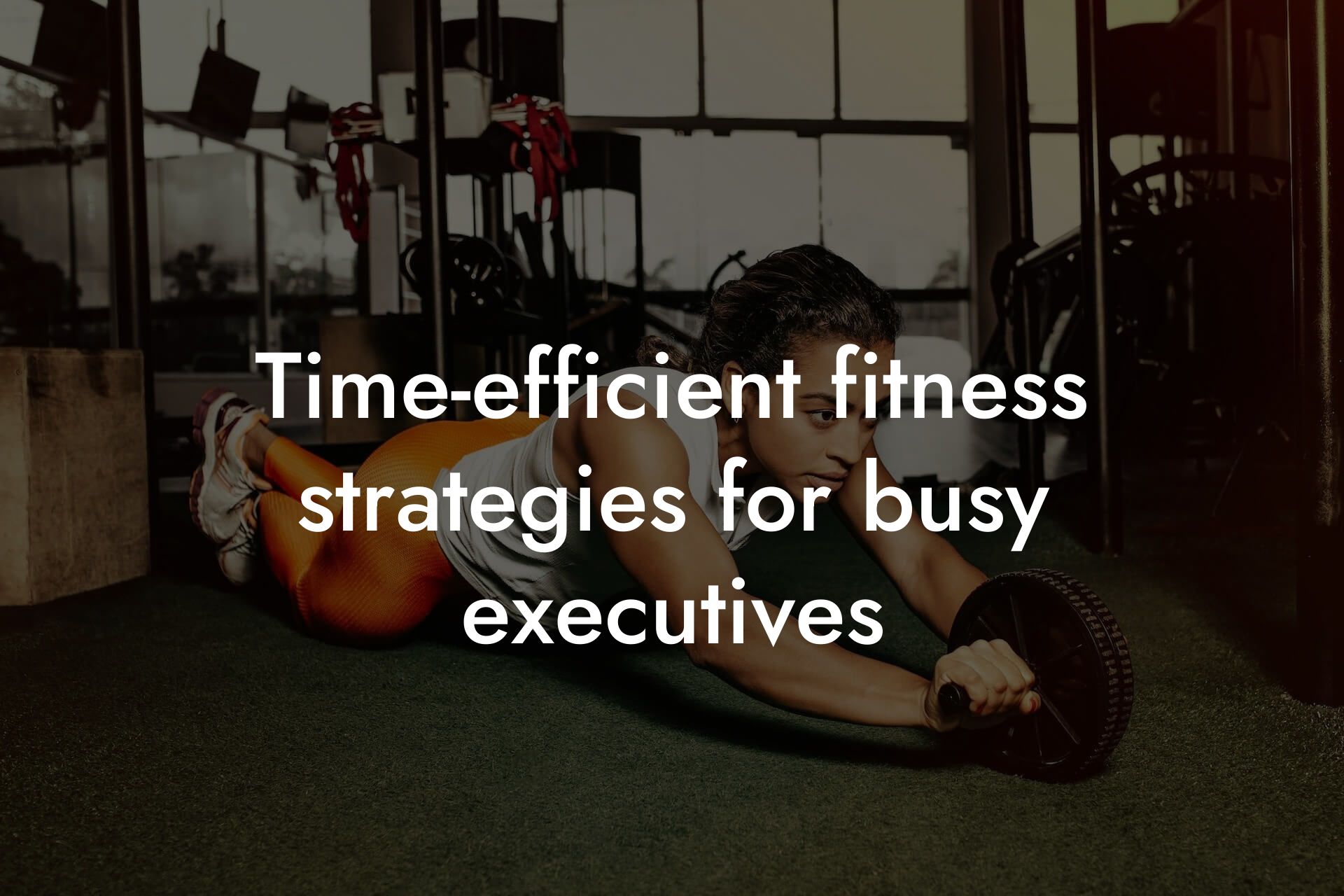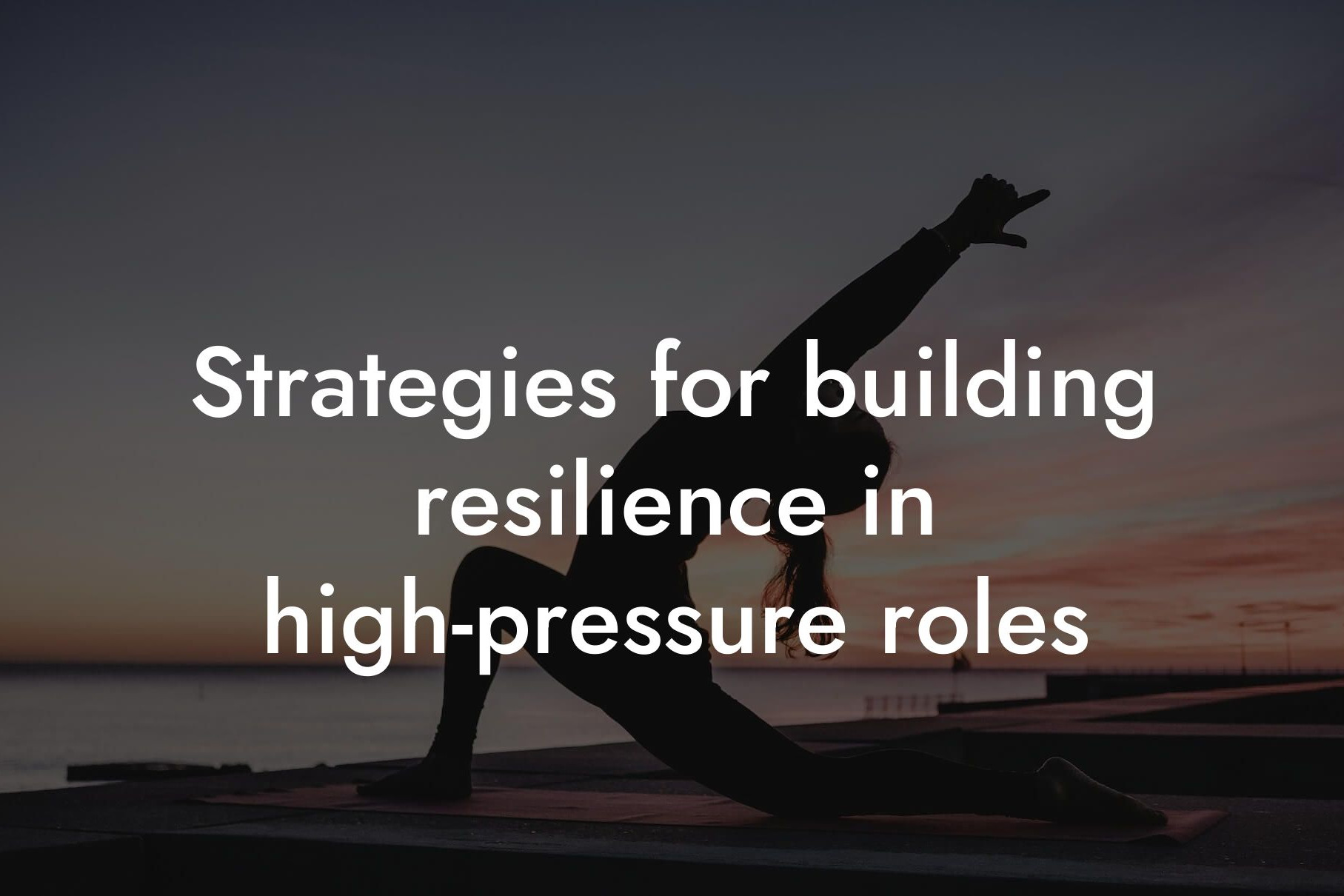As a high-earning professional, you understand the importance of maintaining a healthy physique and body composition to perform at your best. However, with a packed schedule, it can be challenging to find time for exercise. At Tano Performance Group, we believe that exercise is not a luxury, but a necessity for optimal performance. In this article, we will provide you with practical tips and strategies to integrate exercise into your busy schedule, so you can achieve your fitness goals and take your business to the next level.
Table of Contents
- Understanding the Importance of Exercise for Executives
- Assessing Your Current Fitness Level
- Creating a Realistic Exercise Schedule
- Incorporating High-Intensity Interval Training (HIIT)
- Using Your Commute to Fit in Exercise
- Making the Most of Your Lunch Break
- Working with a Personal Trainer or Fitness Coach
- Sustaining Your Fitness Journey
- Frequently Asked Questions
Understanding the Importance of Exercise for Executives
Exercise is not just about physical appearance; it has a profound impact on cognitive function, energy levels, and overall well-being. Regular exercise can improve focus, concentration, and mental clarity, making you more productive and efficient in your work. Moreover, exercise can help reduce stress and anxiety, common afflictions among high-achieving professionals. By incorporating exercise into your daily routine, you can expect to see improvements in your physical and mental health, leading to better performance and a competitive edge in your industry.
Assessing Your Current Fitness Level
Before creating an exercise plan, it's essential to assess your current fitness level. At Tano Performance Group, we recommend using a DEXA machine to get a comprehensive body assessment. This advanced technology provides a detailed analysis of your body composition, including body fat percentage, bone density, and lean muscle mass. With this information, you can identify areas for improvement and create a personalized exercise plan tailored to your specific needs and goals.
Creating a Realistic Exercise Schedule
One of the biggest challenges executives face is finding time for exercise. To overcome this obstacle, it's crucial to create a realistic schedule that fits your lifestyle. Start by identifying your most productive hours of the day and schedule your exercise routine around them. For example, if you're most productive in the morning, consider waking up 30 minutes earlier for a quick workout. Alternatively, you can use your lunch break to fit in a session. The key is to find a time that works for you and stick to it.
Incorporating High-Intensity Interval Training (HIIT)
HIIT is an excellent option for busy executives, as it provides an effective workout in a short amount of time. This type of training involves short bursts of high-intensity exercise followed by brief periods of rest. HIIT can be applied to various exercises, such as sprints, burpees, jump squats, or mountain climbers. For example, you can do 30 seconds of sprints followed by 30 seconds of rest. Repeat this cycle for 15-20 minutes, and you'll have completed a challenging and efficient workout.
Using Your Commute to Fit in Exercise
Your daily commute can be an excellent opportunity to fit in some exercise. If you take public transportation, consider getting off a few stops earlier and walking the rest of the way. Alternatively, you can use a fitness app that provides quick workouts you can do on the go, such as bodyweight exercises or yoga poses. If you drive to work, consider parking your car in a spot that's further away from the office and walking the rest of the way. These small changes can add up and make a significant difference in your overall fitness.
Making the Most of Your Lunch Break
Your lunch break is an excellent opportunity to fit in a workout. Consider using a fitness studio or gym near your office that offers lunchtime classes or personal training sessions. You can also use this time to take a walk or do some stretching exercises in a nearby park. If you're short on time, try doing a quick 10-15 minute workout in your office, such as a series of jumping jacks, push-ups, or squats. Every bit counts, and making the most of your lunch break can help you stay energized and focused throughout the day.
Working with a Personal Trainer or Fitness Coach
If you're struggling to find time for exercise or need guidance on creating a personalized fitness plan, consider working with a personal trainer or fitness coach. A professional trainer can help you create a customized workout routine that fits your schedule and goals. They can also provide accountability and motivation, helping you stay on track and reach your fitness objectives. At Tano Performance Group, we offer personalized coaching services designed specifically for high-earning professionals like yourself.
Sustaining Your Fitness Journey
Integrating exercise into your packed executive schedule requires commitment and dedication. To sustain your fitness journey, it's essential to set realistic goals and celebrate your progress along the way. Don't be too hard on yourself if you miss a workout or two; instead, focus on getting back on track and making adjustments as needed. Remember, every small step counts, and even 10-15 minutes of exercise per day can make a significant difference in your overall health and well-being.
By following these tips and strategies, you can successfully integrate exercise into your packed executive schedule. Remember to assess your current fitness level, create a realistic schedule, incorporate HIIT, use your commute to fit in exercise, make the most of your lunch break, work with a personal trainer or fitness coach, and sustain your fitness journey. With dedication and persistence, you can achieve your fitness goals and take your business to the next level.
Frequently Asked Questions
What are the benefits of exercising as an executive?
Exercising as an executive can have numerous benefits, including increased energy levels, improved mental clarity, and enhanced overall health. Regular physical activity can also help reduce stress, boost mood, and improve sleep quality. Furthermore, exercising can increase productivity, enhance creativity, and provide a competitive edge in the business world.
How can I find time to exercise with my packed executive schedule?
Finding time to exercise as an executive can be challenging, but it's not impossible. Start by scheduling exercise into your daily planner, just as you would any other important meeting or appointment. Consider waking up earlier, exercising during lunch breaks, or incorporating physical activity into your daily commute.
What are some effective exercises for busy executives?
As a busy executive, you don't need to spend hours at the gym to reap the benefits of exercise. High-intensity interval training (HIIT), bodyweight exercises, and resistance band workouts are all effective and time-efficient options. You can also try incorporating physical activity into your daily routine, such as taking the stairs instead of the elevator or doing a few jumping jacks during commercial breaks.
How can I stay motivated to exercise?
Staying motivated to exercise can be a challenge, especially for busy executives. Find an exercise buddy or accountability partner to help keep you motivated. Set specific, achievable fitness goals and reward yourself when you reach them. Additionally, track your progress and celebrate small victories along the way.
What are some common excuses for not exercising, and how can I overcome them?
We've all heard the excuses: "I'm too busy," "I'm too tired," or "I don't have time." However, these excuses often stem from a lack of prioritization or motivation. To overcome these excuses, identify your why – why exercising is important to you – and let that drive your motivation. Additionally, start small and focus on making progress, not perfection.
How can I fit exercise into my travel schedule?
Fitting exercise into your travel schedule can be challenging, but it's not impossible. Research local gyms or fitness studios near your hotel, or consider packing a portable workout kit with resistance bands or a jump rope. You can also try incorporating physical activity into your travel routine, such as taking a walking tour of the city or doing a few exercises in your hotel room.
What are some exercises I can do in my office?
You don't need to leave your office to get a good workout. Try doing chair squats, desk push-ups, or leg raises under your desk. You can also incorporate stretching exercises, such as neck rolls or shoulder rolls, to help reduce stress and improve productivity.
How can I prioritize exercise when I have a million other things on my plate?
Prioritizing exercise as a busy executive requires intention and commitment. Treat exercise as a non-negotiable part of your daily routine, just like brushing your teeth or taking a shower. Remember, exercising can actually increase productivity and energy levels, making it easier to tackle that long to-do list.
What are some common mistakes executives make when trying to integrate exercise into their schedule?
One common mistake executives make is trying to do too much too soon. Start small and gradually increase your exercise routine to avoid burnout or injury. Another mistake is not scheduling exercise into your daily planner, making it easy to push it to the side when other priorities arise.
How can I make exercise a habit?
Making exercise a habit requires consistency and commitment. Start by scheduling exercise into your daily routine and treating it as a non-negotiable part of your day. Find an exercise routine you enjoy, and try to exercise at the same time every day to make it a habit.
What are some tips for exercising on a tight schedule?
Exercising on a tight schedule requires efficiency and creativity. Try incorporating high-intensity interval training (HIIT) into your routine, which can be completed in as little as 10-15 minutes. You can also break up your workout into smaller chunks throughout the day, such as doing a few jumping jacks during commercial breaks or taking a short walk during your lunch break.
How can I track my progress and stay accountable?
Tracking your progress and staying accountable is crucial to achieving your fitness goals. Use a fitness tracker or mobile app to track your workouts, and consider sharing your goals with a friend or accountability partner to increase motivation.
What are some benefits of group fitness classes for executives?
Group fitness classes can be an excellent option for busy executives, providing a sense of community and accountability. Group classes can also help increase motivation and energy levels, and provide a much-needed break from the demands of the executive lifestyle.
How can I make exercise a part of my self-care routine?
Exercising can be a powerful form of self-care, providing a much-needed break from the demands of the executive lifestyle. Prioritize exercise as a way to take care of your physical and mental health, and remember that self-care is not selfish – it's essential to achieving peak performance.
What are some exercises that can help improve my posture?
As an executive, you likely spend a significant amount of time sitting at a desk or in meetings. Exercises that can help improve your posture include shoulder rolls, chest opens, and core strengtheners. Additionally, try incorporating stretching exercises into your daily routine, such as neck stretches or hip flexor stretches.
How can I incorporate mindfulness into my exercise routine?
Incorporating mindfulness into your exercise routine can help increase motivation and reduce stress. Try focusing on your breath or the sensations in your body as you exercise, and remember to listen to your body and honor its limitations.
What are some exercises that can help reduce stress and anxiety?
Exercising can be a powerful way to reduce stress and anxiety. Try incorporating yoga or Pilates into your routine, which can help calm the mind and reduce tension in the body. Additionally, exercises that release endorphins, such as running or swimming, can help improve mood and reduce stress.
How can I get my team on board with prioritizing exercise?
As an executive, you have the power to influence your team's behavior and priorities. Consider incorporating exercise into your team's routine, such as scheduling group fitness classes or encouraging team members to prioritize self-care. Lead by example, and remember that a healthy team is a productive team.
What are some common misconceptions about exercise and fitness?
There are many common misconceptions about exercise and fitness, including the idea that you need to spend hours at the gym to see results or that exercise needs to be painful to be effective. Remember, every body is different, and the most important thing is to find an exercise routine that works for you and that you enjoy.
How can I make exercise a part of my long-term goals?
Making exercise a part of your long-term goals requires commitment and intention. Set specific, achievable fitness goals, and break them down into smaller, manageable steps. Remember, exercise is not a short-term fix – it's a long-term investment in your health and well-being.
What are some tips for staying motivated during a plateau?
Plateaus are a normal part of the fitness journey, but they can be frustrating and demotivating. To stay motivated during a plateau, try mixing up your exercise routine, setting new goals, or finding a workout buddy to provide accountability and support.
How can I prioritize exercise during times of high stress?
Prioritizing exercise during times of high stress can be challenging, but it's more important than ever. Exercise can help reduce stress and anxiety, improve mood, and increase energy levels. Remember, exercising is not a luxury – it's a necessity for peak performance and overall well-being.
Here are some related articles you might love...
- The importance of DEXA scans for business leaders
- Time-efficient fitness strategies for busy executives
- Strategies for building resilience in high-pressure roles
- The connection between physical fitness and leadership effectiveness
- Maintaining fitness during intense work travel
- The impact of body composition on executive presence
- Nutrition tips for peak performance in the boardroom
- How physical fitness can boost executive decision-making
- How to manage stress and prevent burnout as a CEO
Zak Faulkner
Zak Faulkner is a leading authority in the realm of physical health and body composition analysis, with over 15 years of experience helping professionals optimise their fitness and well-being. As one the experts behind Tano Performance Group, Zak has dedicated his career to providing in-depth, science-backed insights that empower clients to elevate their physical performance and overall health.
With extensive knowledge of DEXA technology, Zak specializes in delivering comprehensive body assessments that offer precise data on body fat, muscle mass, bone density, and overall physique. His expertise enables individuals to make informed decisions and achieve their fitness goals with accuracy and confidence. Zak’s approach is rooted in a deep understanding of human physiology, combined with a passion for helping clients unlock their full potential through personalised strategies.
Over the years, Zak has earned a reputation for his commitment to excellence, precision, and client-focused service. His guidance is trusted by top professionals who demand the best when it comes to their health. Whether advising on fitness programs, nutritional strategies, or long-term wellness plans, Zak Faulkner’s insights are a valuable resource for anyone serious about taking their health and fitness to the next level.
At Tano Performance Group, Zak continues to lead our Content Team revolutionising how professionals approach their physical health, offering unparalleled expertise that drives real results.




